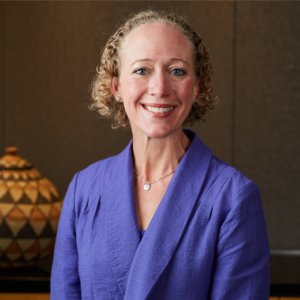Male nurses becoming more common, earn more than female nurses, Census Bureau reports
The nursing profession remains overwhelmingly female, but the representation of men has increased as the demand for nurses has grown over the last several decades, according to a U.S. Census Bureau study released Monday.
The new study shows the proportion of male registered nurses has more than tripled since 1970, from 2.7 percent to 9.6 percent, and the proportion of male licensed practical and licensed vocational nurses has more than doubled from 3.9 percent to 8.1 percent.
The study, Men in Nursing Occupations presents data from the 2011 American Community Survey to analyze the percentage of men in each of the detailed nursing occupations: registered nurse, nurse anesthetist, nurse practitioner, and licensed practical and licensed vocational nurse. The study also provides estimates on a wide range of characteristics of men and women in nursing occupations. These include employment status, age, race, Hispanic origin, citizenship, educational attainment, work hours, time of departure to work, median earnings, industry and class of worker.
"The aging of our population has fueled an increasing demand for long-term care and end-of-life services," said the report's author, Liana Christin Landivar, a sociologist in the Census Bureau's Industry and Occupation Statistics Branch, in a press release. "A predicted shortage has led to recruiting and retraining efforts to increase the pool of nurses. These efforts have included recruiting men into nursing."
Men typically outearn women in nursing fields but not by as much as they do across all occupations. For example, women working as nurses full time, year-round earned 91 cents for every dollar male nurses earned; in contrast, women earned 77 cents to the dollar men earned across all occupations.
Because the demand for skilled nursing care is so high, nurses have very low unemployment rates. Unemployment was lowest among nurse practitioners and nurse anesthetists (about 0.8 percent for both). For registered nurses and licensed practical and licensed vocational nurses, these rates were a bit higher, but still very low, at 1.8 percent and 4.3 percent, respectively.
Other study highlights:
- There were 3.5 million employed nurses in 2011, about 3.2 million of whom were female and 330,000 male.
- Of the employed nurses (both sexes), 78 percent were registered nurses, 19 percent were licensed practical and licensed vocational nurses, 3 percent were nurse practitioners, and 1 percent were nurse anesthetists.
- While most registered nurses (both sexes) left home for work between 5 a.m. and 11:59 a.m.(72 percent), a sizable minority (19 percent) worked the evening or night shifts.
- The majority of registered nurses (both sexes) worked in hospitals (64 percent). The majority of licensed practical and licensed vocational nurses worked in nursing care facilities or hospitals (about 30 percent each). The percentages for hospitals and nursing care facilities are not significantly different from each other.
- In 2011, 9 percent of all nurses were men while 91 percent were women. Men earned, on average, $60,700 per year, while women earned $51,100 per year.
- Men's representation was highest among nurse anesthetists at 41 percent.
- Male nurse anesthetists earned more than twice as much as the male average for all nursing occupations: $162,900 versus $60,700.

Patricia Sheehan was Editor in Chief of I Advance Senior Care / Long Term Living from 2010-2013. She is now manager, communications at Nestlé USA.
Related Articles
Topics: Executive Leadership , Facility management , Staffing











